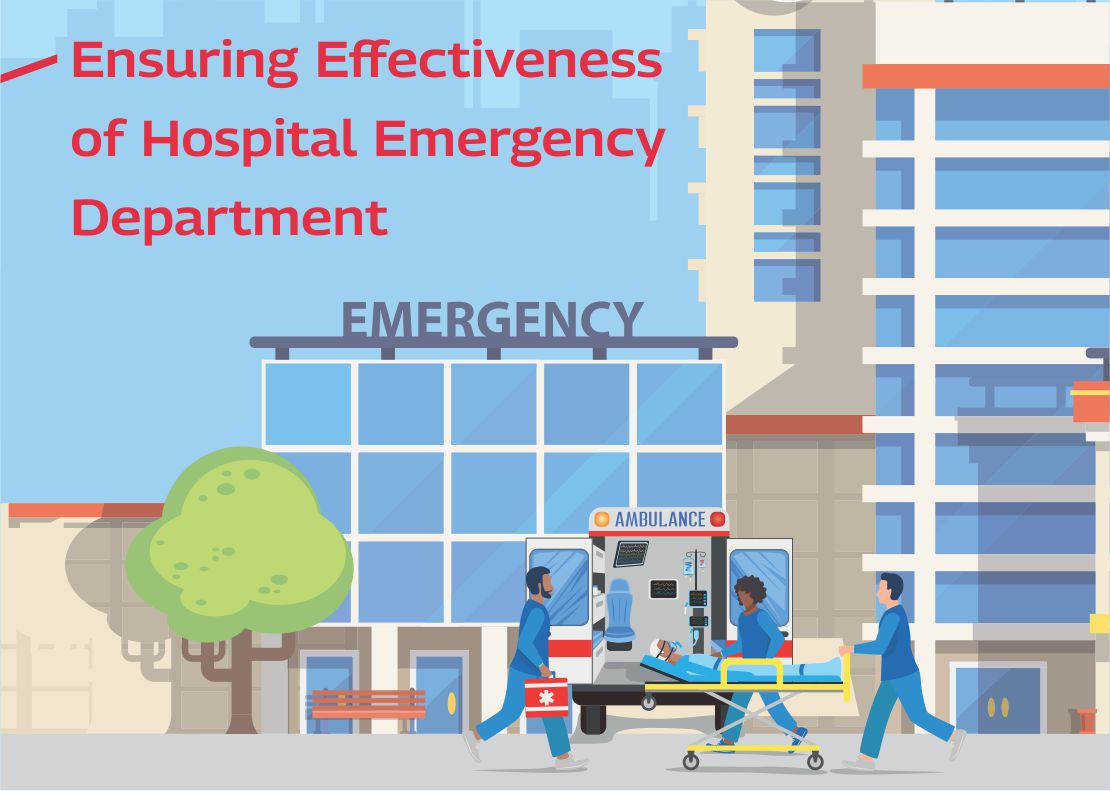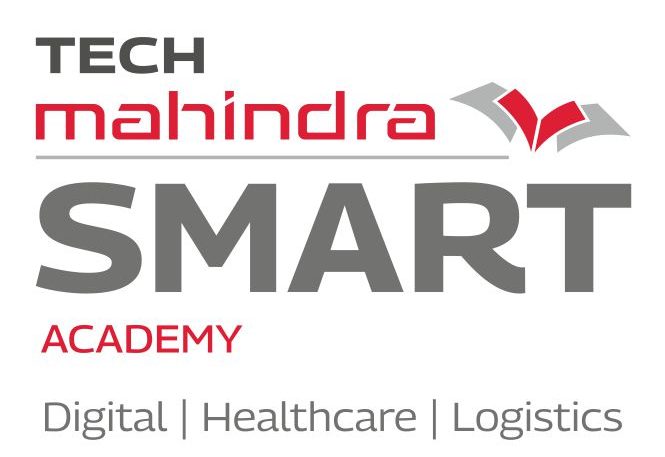Table of Contents
Toggle

This blog is for hospital administration, medical, nursing, and allied healthcare professionals working in the hospital emergency department. An essential feature of any healthcare facility is the Emergency Department (ED), which offers quick medical care to patients with serious illnesses. While delivering immediate medical care and saving lives are essential roles for the Emergency Department, it also grapples with a multitude of challenges that impact its efficiency, patient care, and staff well-being. Many studies have also shown the difficulties faced by paramedics in the ED.
Here, we will dive into some of the key challenges faced by Emergency Departments and explore potential solutions to address them.
1. Overcrowding and Patient Flow:
One of the most pressing challenges in the ED is overcrowding, which can lead to delayed care and increased patient dissatisfaction. Insufficient beds, limited resources, and the influx of patients with varying degrees of urgency contribute to this issue. Long wait times can worsen patient conditions and hinder the timely provision of care.
Potential Solutions:
- Implementing triage protocols to prioritise patients based on the severity of their conditions.
- Creating fast-track units for less severe cases, ensuring quicker treatment for those with minor illnesses or injuries.

2. Limited Access to Patient Information:
Emergency healthcare providers often lack complete patient medical histories, making inaccurate diagnoses and treatment challenging. This can lead to unnecessary tests, delays in care, and potentially compromised patient safety.
Potential Solutions:
- Integration of Electronic Health Records (EHR) to provide real-time access to patient histories, allergies, and medications.
- Encouraging patients to maintain personal health records and share relevant information during ED visits.

3. Resource Constraints:
EDs frequently face shortages of essential resources, including medical equipment, medications, and specialised staff. These constraints can hinder the ability to deliver high-quality care to patients in a timely manner.

Potential Solutions:
- Regular inventory assessments to identify resource gaps and address them promptly.
- Collaboration with hospital administration to allocate necessary funds for ED resource replenishment.
- Developing contingency plans for resource shortages to ensure continued patient care.
4. Coordination with Primary Care:
The ED often encounters patients with chronic conditions or non-urgent medical needs who utilise the department due to the lack of access to primary care services. This strains ED resources and diverts attention from critical cases.
Potential Solutions:
- Strengthening primary care services and extending their availability, including after-hours care.
- Educating patients about the appropriate use of emergency services and directing them to primary care providers for non-urgent concerns.
5. Staff Burnout and High Turnover:
The demanding nature of the ED, characterised by high-stress situations and long shifts, can lead to staff burnout and a high turnover rate. This could result in a staff shortage and have a negative impact on the quality of treatment provided to patients.

Potential Solutions:
- Offering regular training and workshops on stress management and coping strategies for ED staff.
- Implementing flexible scheduling to provide adequate rest between shifts.
- Recognizing and rewarding the efforts of ED staff to boost morale and job
Conclusion:
While emergency departments play a vital role in providing immediate medical attention, they face numerous challenges that impact patient care, staff well-being, and overall efficiency. Healthcare professionals, hospital administration, and legislators must work together to develop a multifaceted strategy to address these issues. By implementing innovative solutions and fostering a supportive environment, Emergency Departments can continue to deliver high-quality care even in hardships.
At our SMART Healthcare Academies, we train our allied healthcare professionals, including the emergency care assistants to follow practical skill integration and evidence-based learning. This will help them to cope with various challenges at their workplace. Students also take part in project-based assignments, mentorship programs, soft skills development and professional development workshops, including mock clinical scenarios. The sessions have led to an increased confidence in them to serve in the Emergency Departments.
By combining the teaching styles, curriculum elements, and extracurricular activities, we are committed to creating a well-rounded educational experience that equips students with the skills they need to implement solutions in the workplace

